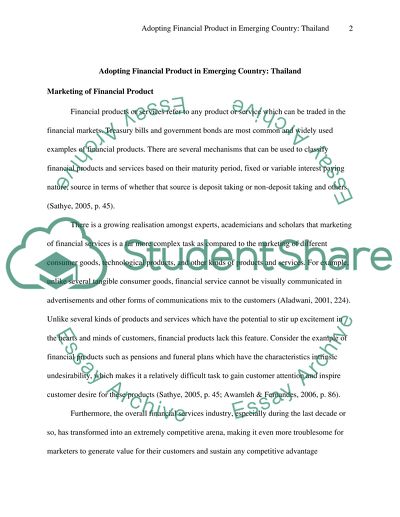Cite this document
(“Adopting Financial Product in Emerging Country: Thailand Literature review”, n.d.)
Retrieved from https://studentshare.org/marketing/1481235-adopting-financial-product-in-emerging-country-thailand
Retrieved from https://studentshare.org/marketing/1481235-adopting-financial-product-in-emerging-country-thailand
(Adopting Financial Product in Emerging Country: Thailand Literature Review)
https://studentshare.org/marketing/1481235-adopting-financial-product-in-emerging-country-thailand.
https://studentshare.org/marketing/1481235-adopting-financial-product-in-emerging-country-thailand.
“Adopting Financial Product in Emerging Country: Thailand Literature Review”, n.d. https://studentshare.org/marketing/1481235-adopting-financial-product-in-emerging-country-thailand.


